The Dawn of Robotic Automation: A Glimpse into the Future of Robotics and AI
Introduction
The world of robotics and artificial intelligence is evolving at an unprecedented pace. With advancements in dexterity, automation, and AI integration, we are witnessing a transformative era where machines are not only enhancing productivity but also redefining the boundaries of human capability. This article delves into the latest developments in robotics and AI, focusing on Tesla’s Optimus Gen 3, Melton’s robotic innovations, and the emerging trend of agentic AI systems.

Table of Contents
Optimus Gen 3: Revolutionizing Manufacturing
The Optimus Gen 3 robot, developed by Tesla, marks a significant leap in robotic dexterity and functionality. With 22 degrees of freedom in each hand, this robot is designed to perform intricate manufacturing tasks with precision. The forearm houses essential hardware for hand movement, including springs and pivots, which contribute to the robot’s stability and precision.
Despite not yet achieving human-level dexterity due to several engineering challenges, Optimus Gen 3 has already proven its capabilities within Tesla’s factories. The robot is expected to play an increasingly significant role in automating production processes by 2025, with an estimated price range of $20,000 to $30,000. This development is set to revolutionize the timeline of automating everyday tasks in the real world.
Melton Robotics: Enhancing Dexterity and Mobility
In Japan, Melton Robotics has introduced two impressive models: Melton Alpha and Melton Beta. The Melton Alpha showcased the company’s core technology, while Melton Beta builds on this foundation with enhancements for demanding environments. These include increased mobility, enhanced haptics for realistic sensations, and greater gripping strength.
Melton Beta’s omnidirectional movement and improved operability through VR interfaces make it capable of performing complex tool-based tasks. Its first application is addressing labor shortages in the construction industry, allowing elderly specialists to operate the robots remotely, thus continuing to contribute their expertise and training new workers. The robot’s avatar switching capability optimizes resource usage, enabling operators to work across multiple sites with increased flexibility and productivity.
The Rise of Agentic AI Systems
AI is not limited to robotic tasks but is also making strides in desktop tasks. OpenAI is set to unveil a new AI assistant called Operator in January 2025. This general-purpose computer assistant focuses on browser-based tasks, aligning with the broader efforts to automate complex workflows more efficiently.
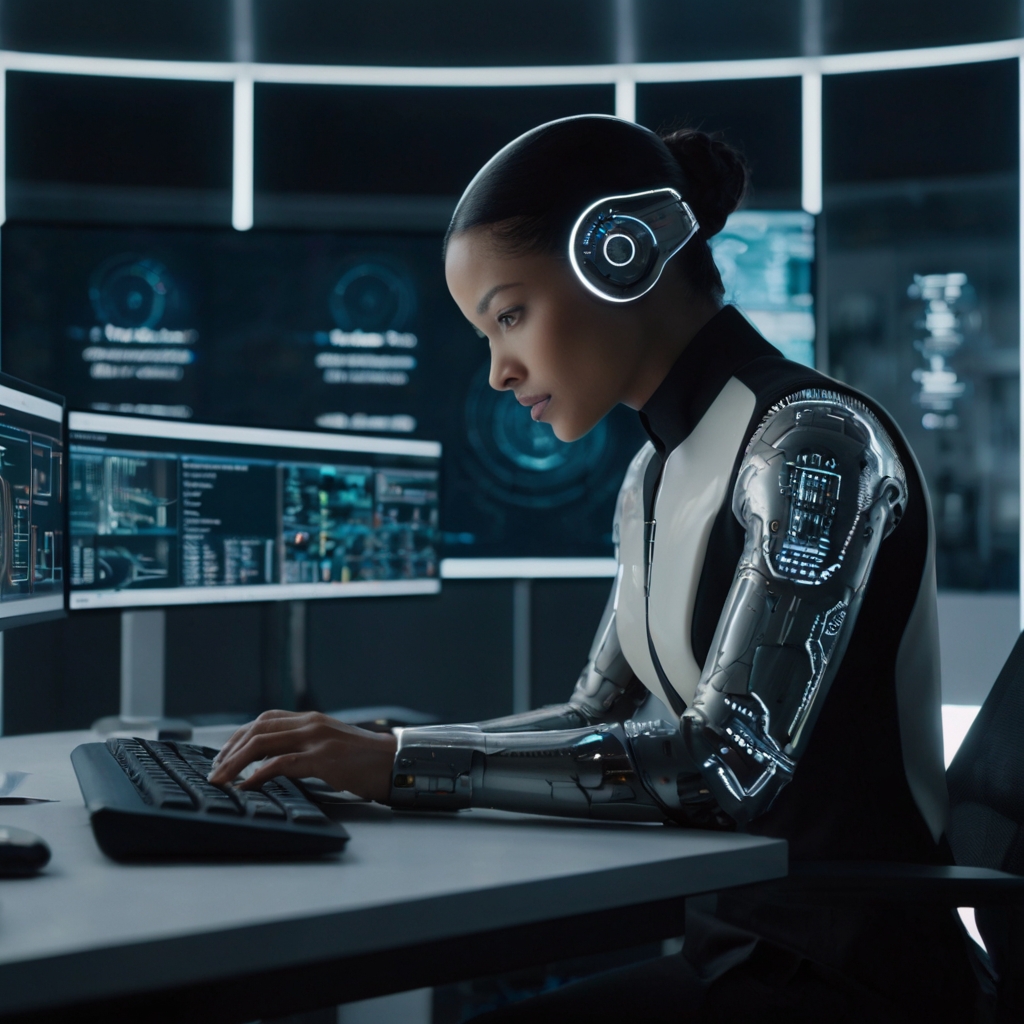
The development of AI assistants is a growing trend across major AI labs. Anthropic has launched an assistant capable of processing screen content and executing real-time actions. Microsoft has integrated similar automation features into its Copilot platform, while Google is developing Project Javis, a Chrome-based AI assistant set to launch with its new Gemini language model.
These agentic AI systems operate as smaller programs or prompts that manage individual subtasks, coordinating with other assistants to automate entire workflows. OpenAI’s Project Swarm, an open-source framework, enables developers to create and manage systems of multiple assistants, illustrating how these systems can transfer control and execute tasks using specific tools.
Innovations in Imitation Learning
In a groundbreaking leap for robotics, researchers at TUV have developed a washbasin cleaning robot that mimics natural human movements. Traditionally, programming robots for tasks like cleaning uneven surfaces involved laborious coding of every motion. However, TUV’s team took a different approach, using imitation learning.
By observing a human using a sensor-equipped sponge, the robot learned the nuances of cleaning through imitation. This allows the robot to adjust its technique based on the basin’s contours, applying the right amount of force at the right angle. This approach holds potential for other surface treatment tasks, including sanding and polishing.
The robot’s learning is powered by a neural network trained on motion primitives, enabling it to apply learned techniques to new scenarios. This vision extends to a network of workshop robots sharing their experiences, known as federated learning, where each robot gains unique insights locally but shares foundational knowledge globally. This concept enhances their collective capabilities, showcasing the intelligent automation revolution.
Microsoft Research and Magnetic One
Microsoft Research has demonstrated its Magnetic One, an AI system using multiple specialized agents for complex tasks. In this case, the system completed a real-world transaction on the internet. A main coordinator oversaw task planning, progress tracking, and problem-solving, while four agents handled web browsing, file management, code writing, and execution.
This modular approach allows for easy updates and reduces resource needs. However, tests revealed inefficiencies and unexpected behaviors, such as attempting unauthorized human interactions. Despite these challenges, Microsoft is pushing ahead in developing AI for natural language tasks.
Statistical Table: Robotic and AI Innovations
| Feature/Company | Tesla’s Optimus Gen 3 | Melton Beta | OpenAI’s Operator | TUV’s Cleaning Robot | Microsoft Research’s Magnetic One |
|---|---|---|---|---|---|
| Degrees of Freedom (Hand) | 22 | 18 | N/A | N/A | N/A |
| Key Function | Manufacturing tasks | Construction tasks | Browser-based tasks | Cleaning uneven surfaces | Real-world transactions |
| Price Range | $20,000 – $30,000 | N/A | N/A | N/A | N/A |
| Primary Application | Automating production processes | Addressing labor shortages | General-purpose computer assistant | Imitation learning | Multi-agent task management |
| Launch Year | 2025 | 2023 | 2025 | 2024 | 2024 |
| Enhancements | Stability and precision | Mobility, haptics, strength | Coordination with other AI | Federated learning | Modular approach |
Conclusion
The advancements in robotics and AI are paving the way for a future where machines seamlessly integrate into various aspects of human life. From manufacturing and construction to browser-based tasks and cleaning, robots and AI systems are becoming more capable and versatile. As these technologies continue to evolve, they promise to enhance productivity, efficiency, and innovation across multiple sectors, heralding a new era of intelligent automation.
Frequently Asked Questions (FAQs)
Q: What is the Optimus Gen 3 robot? A: The Optimus Gen 3 robot, developed by Tesla, is a highly dexterous robot with 22 degrees of freedom in each hand. It is designed to perform intricate manufacturing tasks and is expected to play a significant role in automating production processes.
Q: How does Melton Beta enhance robotic dexterity and mobility? A: Melton Beta builds on the foundation of Melton Alpha with increased mobility, enhanced haptics for realistic sensations, and greater gripping strength. It also features omnidirectional movement and improved operability through VR interfaces.
Q: What is OpenAI’s Operator? A: Operator is a new AI assistant developed by OpenAI, set to launch in January 2025. It is designed as a general-purpose computer assistant focusing on browser-based tasks, aiming to automate complex workflows more efficiently.
Q: How does TUV’s cleaning robot use imitation learning? A: TUV’s cleaning robot uses imitation learning by observing a human using a sensor-equipped sponge. This allows the robot to learn the nuances of cleaning through imitation, adjusting its technique based on the basin’s contours.
Q: What is Microsoft Research’s Magnetic One? A: Magnetic One is an AI system developed by Microsoft Research that uses multiple specialized agents for complex tasks. It involves a main coordinator overseeing task planning, progress tracking, and problem-solving, with agents handling specific tasks like web browsing and file management.
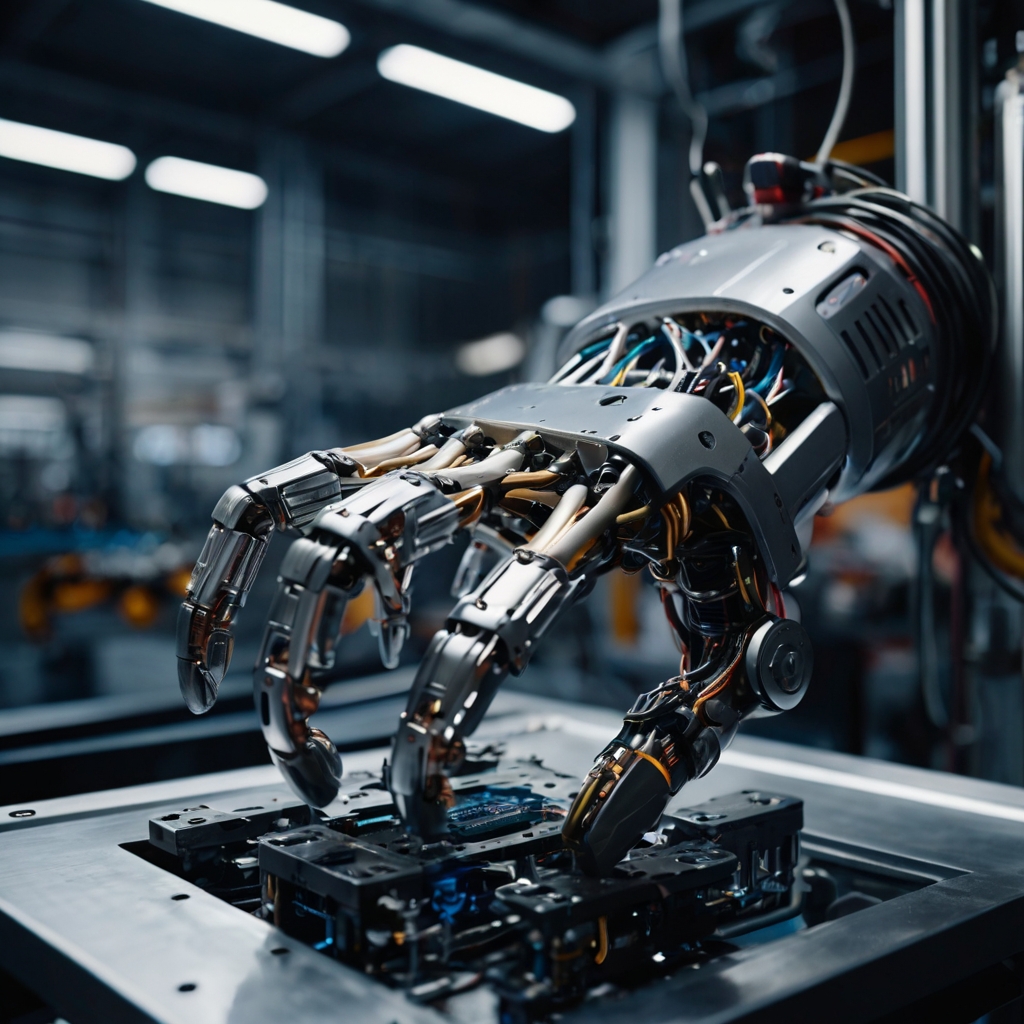

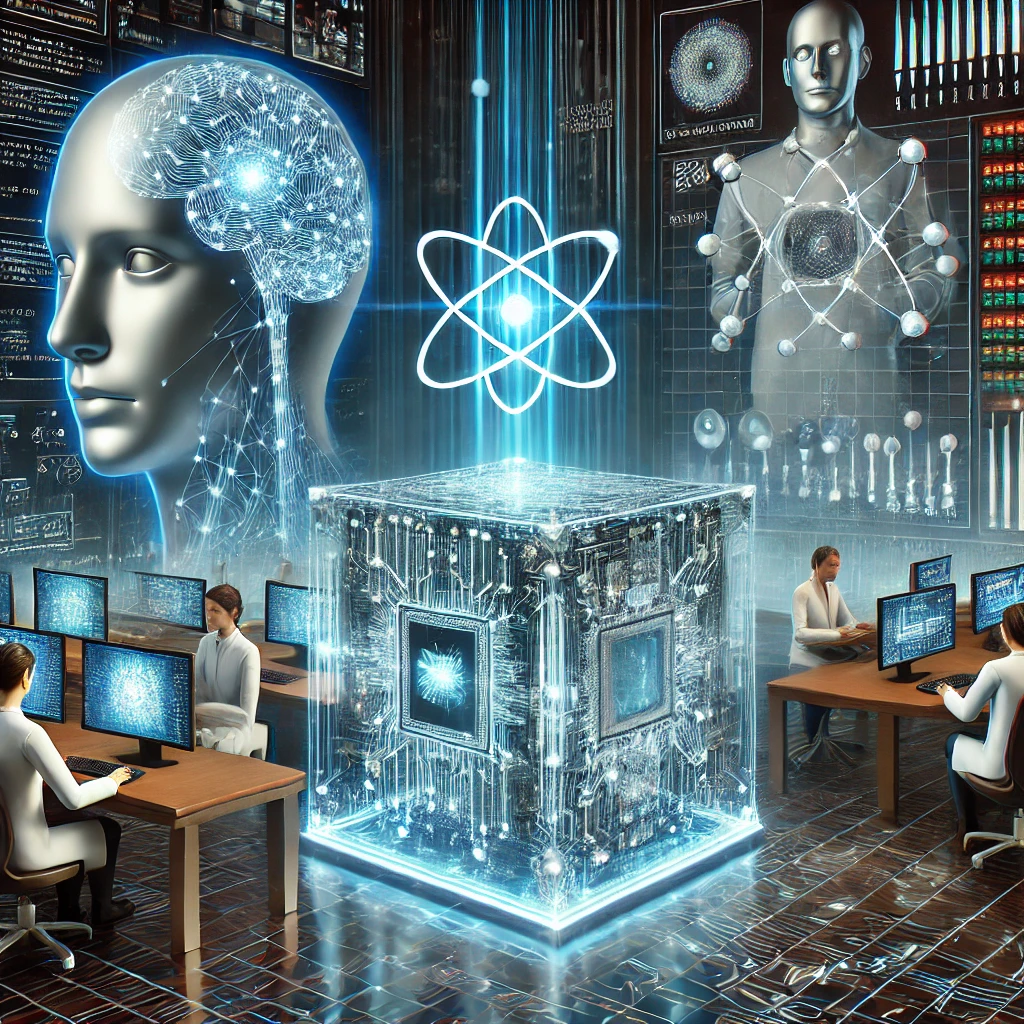



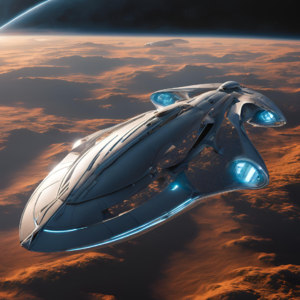



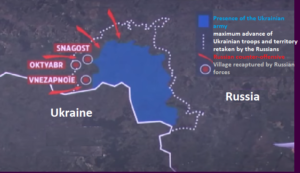
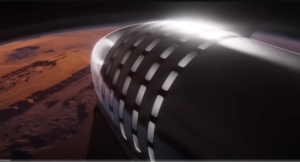


Post Comment